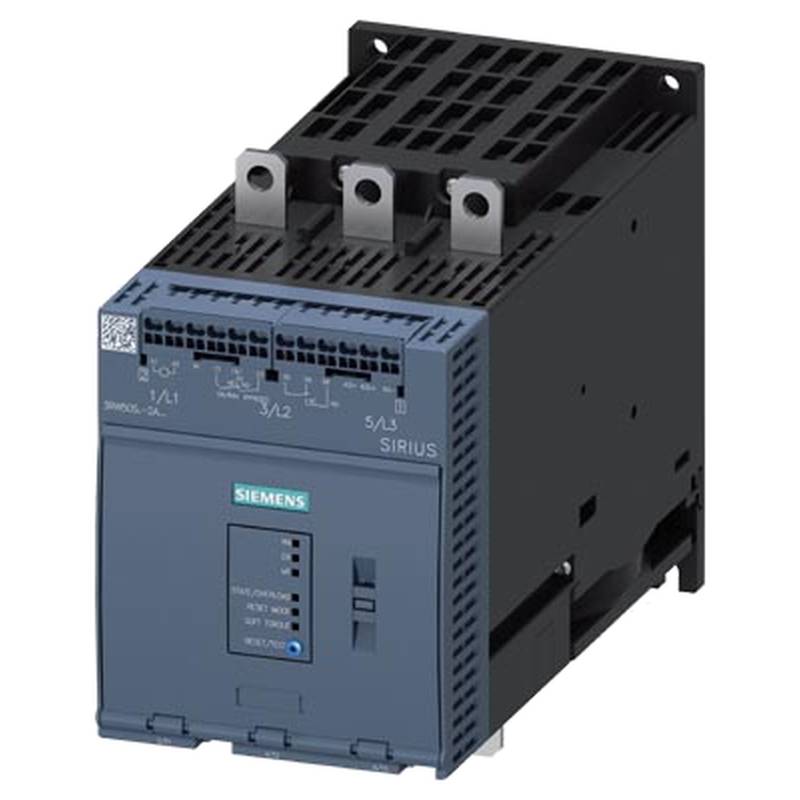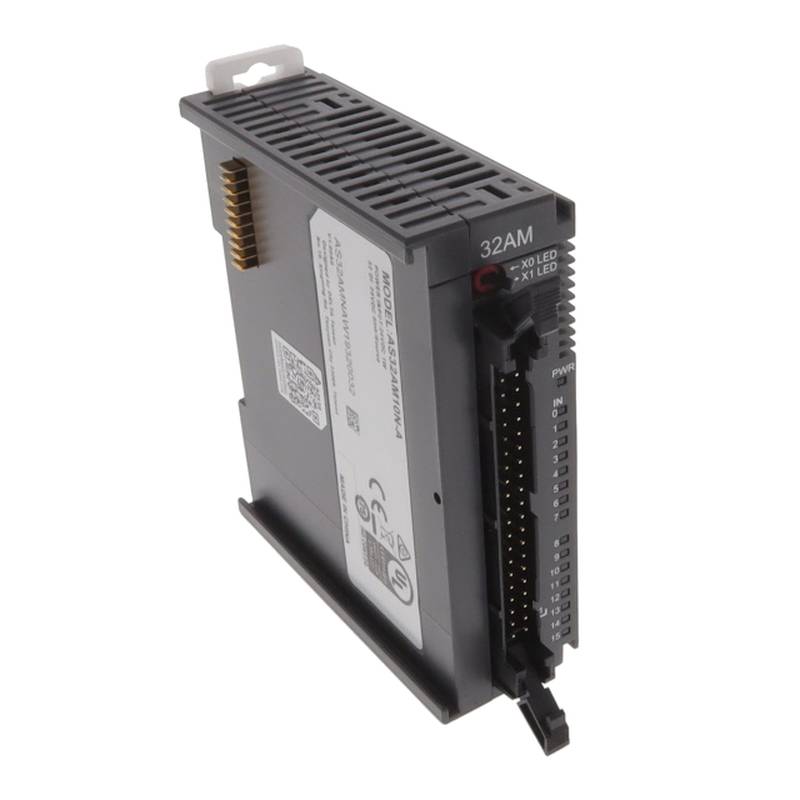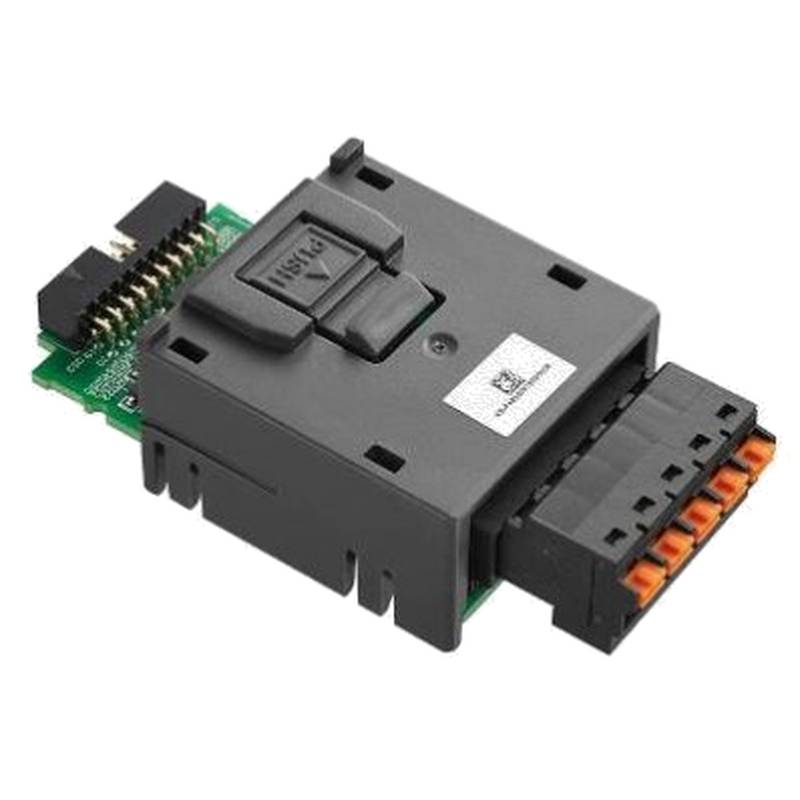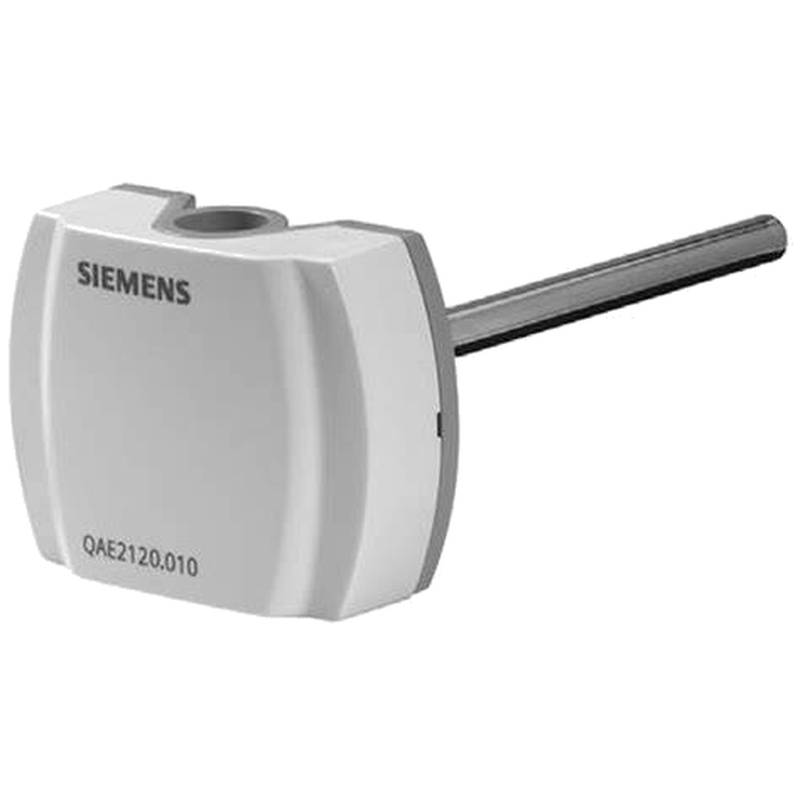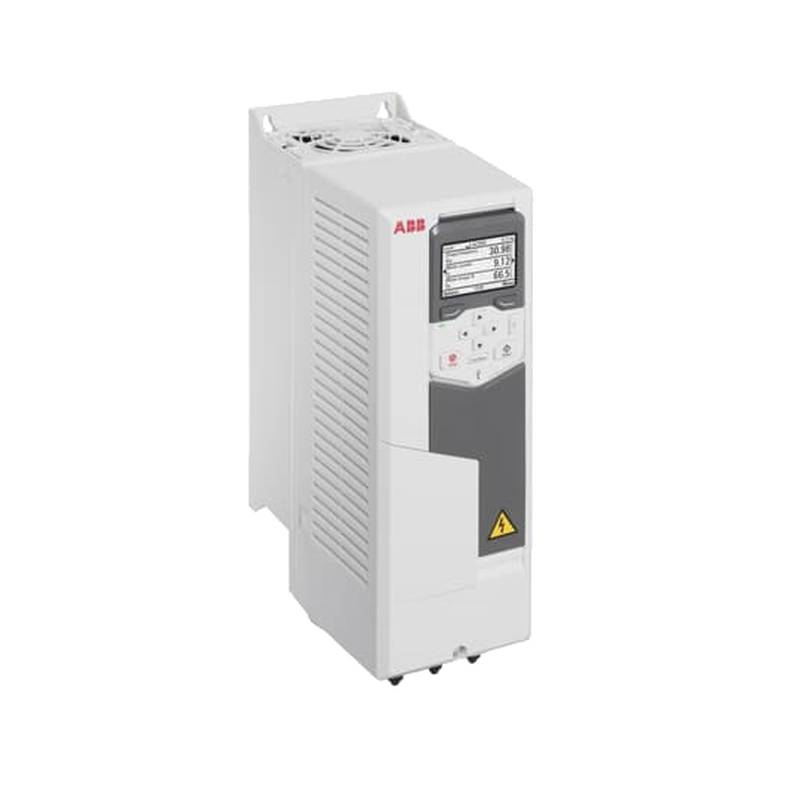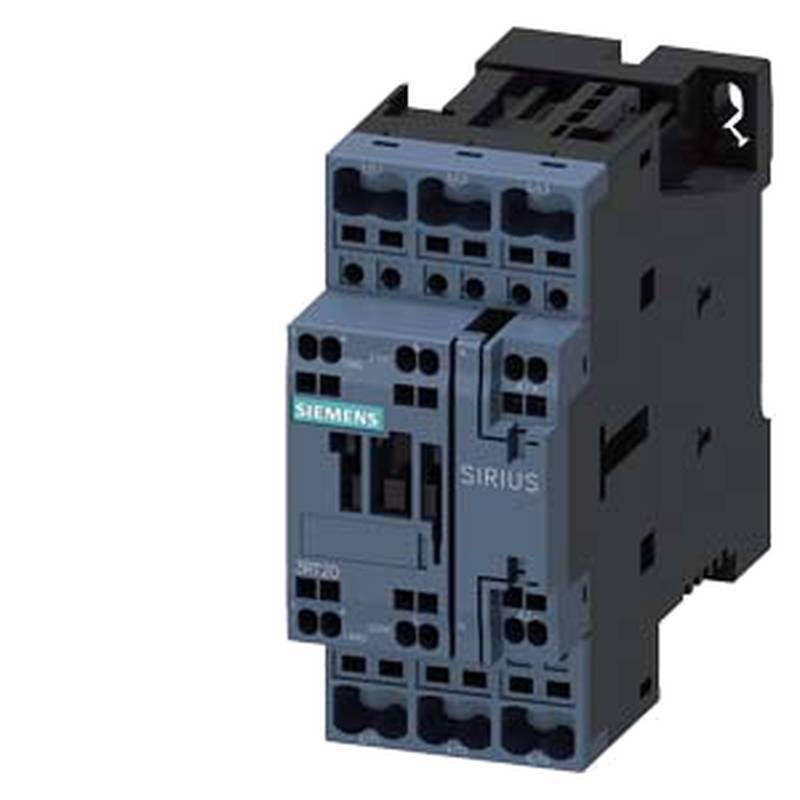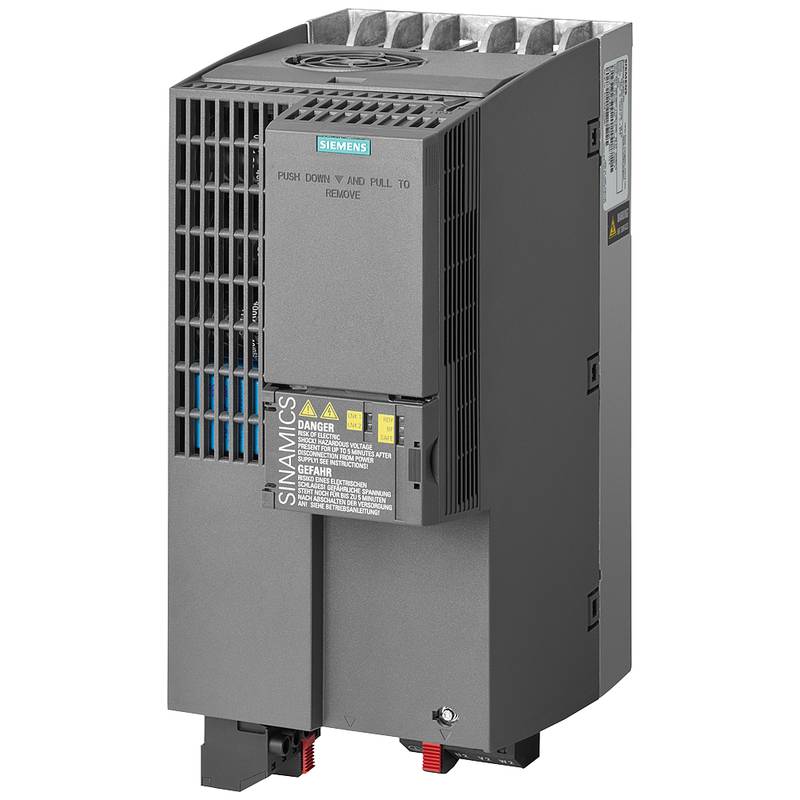
The Siemens 3RW5074-2AB14 SIRIUS Soft Starter is engineered for demanding industrial applications, offering smooth and controlled motor starts to significantly reduce mechanical stress and electrical inrush current. This robust unit boasts an impressive 315A current rating and a powerful 160kW motor output capability, making it ideal for heavy-duty machinery. Its advanced solid-state technology ensures reliable performance, extended equipment lifespan, and optimized energy consumption. Key advantages include its compact design, integrated bypass functionality for full-load operation efficiency, and comprehensive protection features. The Siemens 3RW5074-2AB14 is a superior choice for applications requiring precise motor control and maximum operational uptime.
Product Specifications
| Parameter | Value |
| :------------------ | :---------------------------------------- |
| Product Type | Soft Starter |
| Series | SIRIUS 3RW50 |
| Manufacturer | Siemens |
| Model Number | 3RW5074-2AB14 |
| Rated Operational Current (Ie) | 315 A |
| Rated Operational Power (P) | 160 kW (at 400V) |
| Supply Voltage | 400 V AC |
| Control Voltage | 230 V AC |
| Starting Torque Reduction | Adjustable |
| Ramp Time | Adjustable |
| Bypass Contactor | Integrated |
| Protection Features | Overload, short circuit, phase imbalance |
| Mounting | DIN rail or panel mounting |
| Dimensions (H x W x D) | 255 mm x 145 mm x 237 mm |
| IP Rating | IP20 (with optional enclosure) |
Core Features & Market Positioning
The Siemens 3RW5074-2AB14 SIRIUS soft starter distinguishes itself through its advanced semiconductor switching technology, which provides significantly smoother acceleration compared to traditional direct-on-line (DOL) starters. The integrated bypass contactor is a critical differentiator, minimizing heat generation and energy loss during continuous operation, thereby enhancing efficiency and reducing operational costs. This feature also contributes to a more compact overall system design. Its robust overload protection and advanced diagnostics capabilities position it as a premium solution for applications where reliability and minimized downtime are paramount. Industry professionals value the SIRIUS range for its consistent performance and Siemens' reputation for quality and support.
Key Application Scenarios
The Siemens 3RW5074-2AB14 is exceptionally well-suited for a wide array of heavy industrial applications. It excels in pump control, where smooth starting prevents water hammer effects and reduces stress on piping systems. In conveyor systems, it ensures gradual acceleration, preventing product damage and mechanical shock. For fan applications, particularly large industrial ventilation systems, it allows for controlled airflow ramp-up, saving energy and reducing noise. It is also a prime choice for mixers, crushers, and other machinery requiring high starting torque without the harsh mechanical and electrical jolts associated with direct starting.
Practical System Integration Guidance
Integrating the Siemens 3RW5074-2AB14 into existing systems is straightforward due to its standardized mounting options and clear terminal designations. Power connections are made via the main terminals, with the motor wired directly to the output terminals. Control wiring for the 230V AC supply and input signals should be connected to the designated control terminals, following the schematic provided in the product manual. For optimal performance and protection, it is crucial to correctly configure the internal settings, such as ramp time, starting current limit, and overload thresholds, to match the specific motor and driven load characteristics. Ensuring proper ventilation and adhering to the specified clearances around the unit are vital for maintaining operational integrity and preventing overheating.
Operation and Risk Mitigation
Operating the Siemens 3RW5074-2AB14 involves setting the motor parameters and protection thresholds through its intuitive interface or via a connected control system. During operation, the soft starter manages the voltage supplied to the motor to control acceleration. Key risks mitigated by this device include mechanical shock to machinery and belting, reduced electrical inrush current which can save on utility demand charges and prevent nuisance tripping of upstream protective devices, and electrical stress on motor windings. Common troubleshooting involves checking power supply, control signals, and verifying parameter settings against motor nameplate data. While the unit has robust internal protections, external short-circuit protection (fuses or circuit breakers) must be correctly sized and installed as per standards.
Scalability & Long-Term Value
The Siemens 3RW5074-2AB14 SIRIUS soft starter offers significant long-term value through its compatibility with the broader Siemens industrial automation ecosystem. It can be readily integrated into SCADA systems or PLCs via communication modules, enabling advanced monitoring, diagnostics, and remote control capabilities. This integration facilitates the implementation of Industry 4.0 concepts, such as predictive maintenance and energy management optimization. While not directly scalable in terms of power output by adding modules, its robust design and Siemens' commitment to product longevity ensure a reliable long-term performance. For larger motor applications, Siemens offers higher-rated soft starters within the SIRIUS line, ensuring a seamless upgrade path if future power requirements increase.
Frequently Asked Questions
What is the primary function of the Siemens 3RW5074-2AB14?
This device is designed to provide a smooth, controlled start for electric motors. It gradually increases the motor's voltage, reducing mechanical stress and electrical inrush current during startup. This protects connected equipment and the power supply system.
How does the Siemens 3RW5074-2AB14 reduce inrush current?
It achieves this by reducing the voltage supplied to the motor during the initial acceleration phase. This controlled voltage ramp limits the high current typically drawn by motors when starting directly across the line.
What technical parameters are crucial for configuring the 3RW5074-2AB14?
Essential parameters include motor rated power (kW) and voltage (V), desired acceleration ramp time, and the maximum starting current limit. Proper configuration ensures optimal motor protection and performance.
What are the main advantages of using this soft starter?
Key benefits include extended equipment lifespan, reduced mechanical shock, energy savings due to lower inrush current, and enhanced system reliability. The integrated bypass also improves efficiency during continuous operation.
How is the Siemens 3RW5074-2AB14 installed?
Installation involves connecting the main power supply and motor wiring to the designated terminals. It can be mounted on a DIN rail or directly to a panel. Ensure adequate ventilation and proper safety precautions are followed.
What type of motor is suitable for the 3RW5074-2AB14?
It is primarily designed for three-phase AC induction motors. The 160kW rating specifies the maximum motor power it can handle at its rated voltage (400V).
Can the 3RW5074-2AB14 be used for soft stopping?
The 3RW50 series primarily focuses on soft starting. While some limited ramp-down capabilities may exist, dedicated soft stop functionality is typically found in more advanced drives or specific soft starter models.
What protection features are integrated into the 3RW5074-2AB14?
It includes overload protection, short-circuit protection, phase imbalance detection, and under-voltage monitoring. These features safeguard the motor and the starter itself from electrical faults.
What is the significance of the integrated bypass contactor?
The bypass contactor activates once the motor has reached its full speed. This bypasses the internal power electronics, allowing the motor to run directly from the line, reducing energy loss and heat generation.
How does the 3RW5074-2AB14 contribute to system uptime?
By providing controlled starts and comprehensive protection, it significantly reduces the risk of premature equipment failure and nuisance trips. This leads to fewer unplanned shutdowns and higher overall operational availability.














